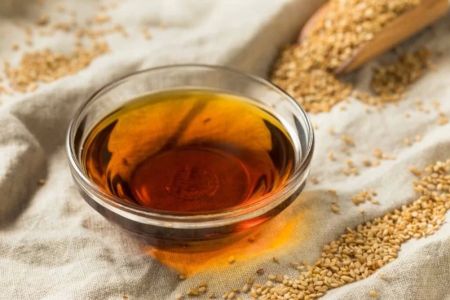Do Chinese Restaurants Use Oyster Sauce?
If you've ever enjoyed a meal at a Chinese restaurant, you've probably tasted oyster sauce, even if you didn’t realize it. I’ve often wondered about the ingredients in my favorite dishes, especially the ones with that distinctive savory, umami flavor. After doing a bit of research, I learned that oyster sauce is a key component in many Chinese dishes, and it's a staple in Chinese restaurants worldwide. In this article, I’ll share what I found about oyster sauce, its uses in Chinese cuisine, and why it's such an essential ingredient.
1. What is Oyster Sauce?
Oyster sauce is a thick, dark sauce made from oysters, sugar, salt, and other ingredients like cornstarch and sometimes soy sauce. Despite the name, oyster sauce doesn't taste like raw oysters; instead, it has a rich, salty, umami flavor that elevates the taste of various dishes. It’s commonly used in Chinese cooking, particularly in Cantonese cuisine, to enhance stir-fries, braised dishes, and sauces. What really fascinated me is that the sauce’s origin can be traced back to the late 19th century in China, where it was first created by a chef named Lee Kum Sheung in Guangdong. Over time, it became one of the most popular condiments in Chinese kitchens and restaurants.
1.1 The Flavor Profile of Oyster Sauce
The flavor of oyster sauce is complex and balanced—sweet, salty, and savory all at once. This combination makes it the perfect addition to many savory dishes, from vegetables to meat. The reason it’s so popular in Chinese restaurants is that it’s versatile enough to enhance a wide variety of flavors, from stir-fried bok choy to marinated beef. The sweetness balances the saltiness and umami of the dish, making it even more appealing to the palate.
2. How is Oyster Sauce Used in Chinese Restaurants?
Chinese restaurants use oyster sauce in a wide range of dishes to add depth and flavor. From what I've observed, oyster sauce is most often used in stir-fries, where it complements ingredients like beef, chicken, shrimp, and various vegetables. For example, one of my favorite dishes, beef with broccoli, wouldn't be the same without the rich, savory finish that oyster sauce provides. It also plays a significant role in the sauce used for other dishes like Chinese eggplant or chow mein. In addition to stir-fry dishes, oyster sauce is sometimes used as a glaze for meats or to add flavor to soups and stews.
2.1 Stir-Fry Dishes
Stir-fries are perhaps the most iconic dishes where oyster sauce is used extensively. It's the base for sauces that coat the vegetables and meats, making every bite packed with flavor. Some restaurants, including many family-owned spots, have perfected their oyster sauce stir-fry recipes. The sauce binds the ingredients together and creates a rich flavor that seeps into the meat and vegetables, creating a perfect harmony of tastes. It's a key ingredient in famous stir-fried dishes like "kung pao chicken" and "chop suey."
2.2 Braised and Stewed Dishes
In addition to stir-fries, Chinese restaurants use oyster sauce in braised and stewed dishes. Its rich, thick texture makes it an excellent base for slow-cooked meats. For example, one of the dishes I tried at a popular Chinese restaurant was a braised pork belly with oyster sauce, and it was absolutely delicious. The slow-cooked pork absorbed the savory flavors of the oyster sauce, creating a tender, flavorful dish that melted in my mouth.
3. How to Identify Dishes with Oyster Sauce
If you’re a fan of Chinese food but are unsure whether a dish contains oyster sauce, there are a few ways to identify it. First, if the dish has a deep brown color, it's a strong indicator that oyster sauce might be in the mix. The sauce itself is quite dark and rich, so when it’s used in a dish, it often changes the color of the food to a glossy, brownish hue. Dishes like "stir-fried vegetables," "beef with broccoli," and "sweet and sour chicken" are common examples where oyster sauce may play a role. Additionally, dishes that feature a thick sauce or gravy are likely to contain oyster sauce, as it helps thicken the sauce and adds complexity to the flavor.
3.1 Reading Menus and Asking the Waitstaff
Many Chinese restaurants list the ingredients of their sauces on the menu, particularly for signature dishes. If you're unsure, it’s always a good idea to ask the waiter or waitress. I’ve often asked about the sauces in my favorite dishes, and most restaurant staff are more than happy to explain. If you're allergic to shellfish or avoid it for other reasons, this step is particularly important.
4. Are There Alternatives to Oyster Sauce?
While oyster sauce is a beloved ingredient in Chinese cuisine, some people are allergic to shellfish or prefer to avoid it for dietary reasons. Fortunately, there are alternatives available. Many Chinese restaurants offer vegetarian or vegan versions of oyster sauce made from mushrooms or soy-based ingredients. These alternatives mimic the savory, umami flavor of oyster sauce, but without the shellfish content. If you’re preparing your own Chinese dishes at home, you can even make your own vegan oyster sauce using mushrooms, soy sauce, and a few other ingredients.
4.1 Mushroom-Based Sauces
Mushroom-based sauces are a popular substitute for traditional oyster sauce, as they offer a similar rich flavor. These sauces are widely available in stores or online, and I’ve used them in my own cooking when I’m craving that familiar umami taste without the shellfish. They work wonderfully in stir-fries and other Chinese dishes that typically use oyster sauce. The flavor is earthy and robust, and it pairs well with a variety of vegetables and plant-based proteins.
5. The History and Evolution of Oyster Sauce
Oyster sauce has a fascinating history that dates back to the late 19th century. It was invented by Lee Kum Sheung, a Chinese entrepreneur, in Guangdong Province. He accidentally created the sauce when he overcooked a pot of oysters, leading to a rich, flavorful broth. This discovery sparked the creation of the modern oyster sauce we know today. From its humble beginnings, oyster sauce has become an indispensable ingredient in both Chinese and global cuisine, appearing in countless dishes across the world.
5.1 The Rise of Oyster Sauce Worldwide
Over time, oyster sauce made its way out of China and into the kitchens of many other countries. Its versatility and depth of flavor helped it gain popularity in places like Southeast Asia and even the United States. In Chinese restaurants around the world, it’s a staple ingredient that adds richness to a variety of dishes. When I cook Chinese food at home, oyster sauce is always one of the first items I grab from my pantry, as it adds an authentic flavor that is difficult to replicate with anything else.


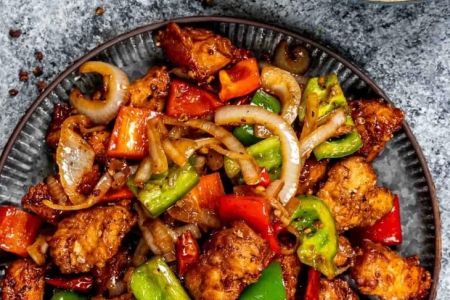
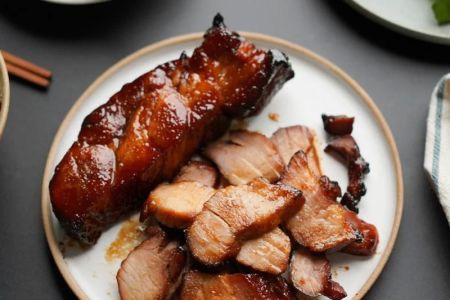
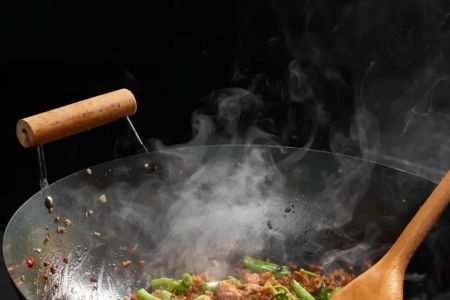
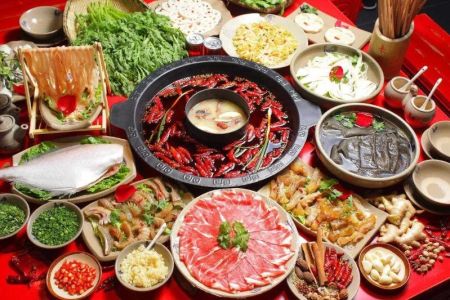
![Top Chinese Restaurants for Authentic Cantonese Cuisine in [Your City]](https://img.gochinarose.com/d33/2507/4157910400_450x300.webp)
